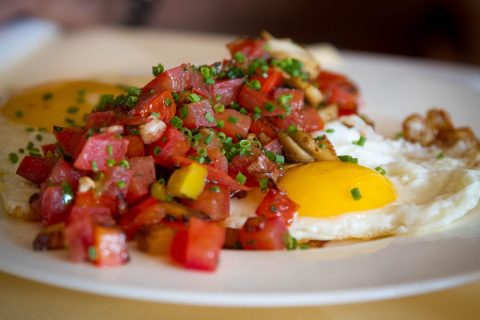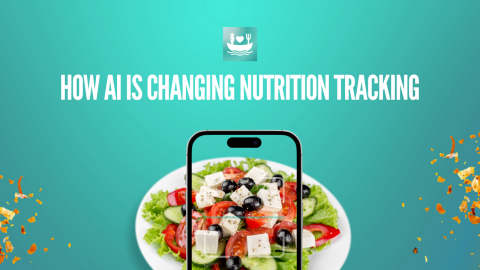Motivation gets you started. Discipline keeps you going.
But here’s the twist: discipline isn’t something you’re born with—it’s something you **design**. And one of the strongest ways to design it is through automation.
Why Relying on Motivation Fails
Motivation is volatile. It depends on mood, energy, stress, and willpower—all of which fluctuate constantly.
When motivation dips, most people abandon their routines—not because they’re weak, but because their systems rely on emotional fuel to work.
Discipline Comes From Predictable Environments
True discipline is built on removing friction. When healthy actions are the default, you don’t need motivation to choose them.
As behavioral scientist BJ Fogg notes (Fogg Behavior Model), habits form when ability is high and effort is low.
How Automation Creates Discipline Without Willpower
-
It removes micro-decisions (what to cook, when to shop)
-
It builds routines that run even when energy is low
-
It keeps habits going during stressful or chaotic periods
-
It creates a baseline so “falling off” becomes less likely
Automation is like scaffolding: it holds your behavior in place until it becomes self-sustaining.
Once the system runs, you don’t need constant motivation—you just follow the path you already built.
How AI Tools Enable This Structure
Some new tools like Meal Ark use AI to automate the planning layer entirely—creating meal plans, adapting them over time, and removing daily decision friction.
This lets discipline emerge naturally, without depending on energy spikes.
Automation Protects Progress During Low Energy
When life gets chaotic—exams, deadlines, stress—most people abandon their routines.
But if the structure is automated, your system keeps moving even while your motivation is offline.
Structure Creates Freedom, Not Restriction
It seems counterintuitive, but structure doesn’t limit you—it frees you.
When decisions are automated, your brain is free to focus on living instead of constantly self-managing.













